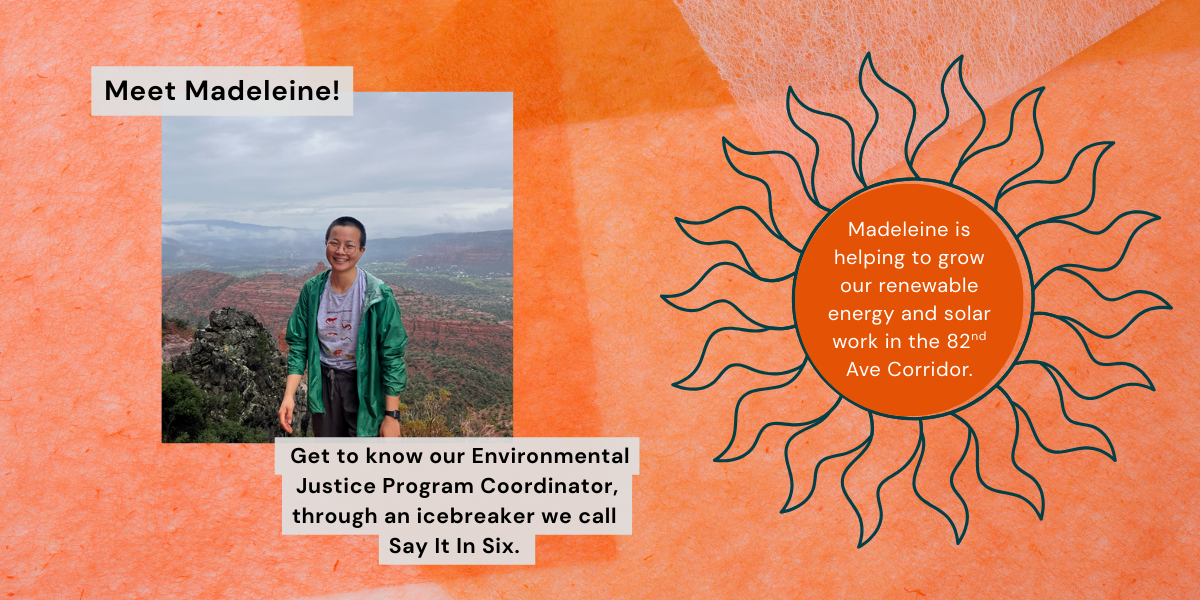Landmark Report Reveals Growing Contributions and Challenges Facing Asians & Pacific Islanders in the West


Statewide analysis highlight Oregon’s 250,000 Asians & Pacific Islanders growing political power and persistent inequities among ethnic groups.
The Asian Pacific American Network of Oregon (APANO) and statewide Asian and Pacific Islander organizational partners join with the national civil rights group Asian Americans Advancing Justice, to release a new report about the growing Asian American, Native Hawaiian and Pacific Islander (NHPI) populations in the Western United States, including in Oregon.
The report comes on the heels of the Pew Research Center’s study showing the rapidly growing Asian American growth is fueled in large part by immigration since the passage of the Immigration and Nationality Act of 1965.
“Our diverse, growing Asian & Pacific Islander communities are reshaping every facet of life in Oregon,” says Rev. Joseph Santos-Lyons, Executive Director of APANO. “While we celebrate our history of contributions, this report underscores the unique disparities facing whole ethnic and linguistic comunities that are too often masked by inadequate data that lumps all Asian and Pacific Islanders together. APANO and our partners are increasingly working together across all 36 counties to organize and win policies that serve all our communities.”
In addition to highlighting disparities between Asian and Pacific Islander ethnicities, the report illustrates business and economic contributions and underscores the future political power of the demographic in the Western United States.
Community of Contrasts: Asian Americans, Native Hawaiians and Pacific Islanders in West report is part of a national series by Advancing Justice, which includes a national report providing a nationwide snapshot of Asian American communities, a report focused solely on the NHPI population, as well as regional reports on the Asian American and NHPI communities in the Midwest, California, the Northeast, the South, and now, the West.
Statewide analysis highlight Oregon’s 250,000 Asians & Pacific Islanders growing political power and persistent inequities among ethnic groups.
The Asian Pacific American Network of Oregon (APANO) and statewide Asian and Pacific Islander organizational partners join with the national civil rights group Asian Americans Advancing Justice, to release a new report about the growing Asian American, Native Hawaiian and Pacific Islander (NHPI) populations in the Western United States, including in Oregon.
The report comes on the heels of the Pew Research Center’s study showing the rapidly growing Asian American growth is fueled in large part by immigration since the passage of the Immigration and Nationality Act of 1965.
“Our diverse, growing Asian & Pacific Islander communities are reshaping every facet of life in Oregon,” says Rev. Joseph Santos-Lyons, Executive Director of APANO. “While we celebrate our history of contributions, this report underscores the unique disparities facing whole ethnic and linguistic comunities that are too often masked by inadequate data that lumps all Asian and Pacific Islanders together. APANO and our partners are increasingly working together across all 36 counties to organize and win policies that serve all our communities.”
In addition to highlighting disparities between Asian and Pacific Islander ethnicities, the report illustrates business and economic contributions and underscores the future political power of the demographic in the Western United States.
Community of Contrasts: Asian Americans, Native Hawaiians and Pacific Islanders in West report is part of a national series by Advancing Justice, which includes a national report providing a nationwide snapshot of Asian American communities, a report focused solely on the NHPI population, as well as regional reports on the Asian American and NHPI communities in the Midwest, California, the Northeast, the South, and now, the West.


